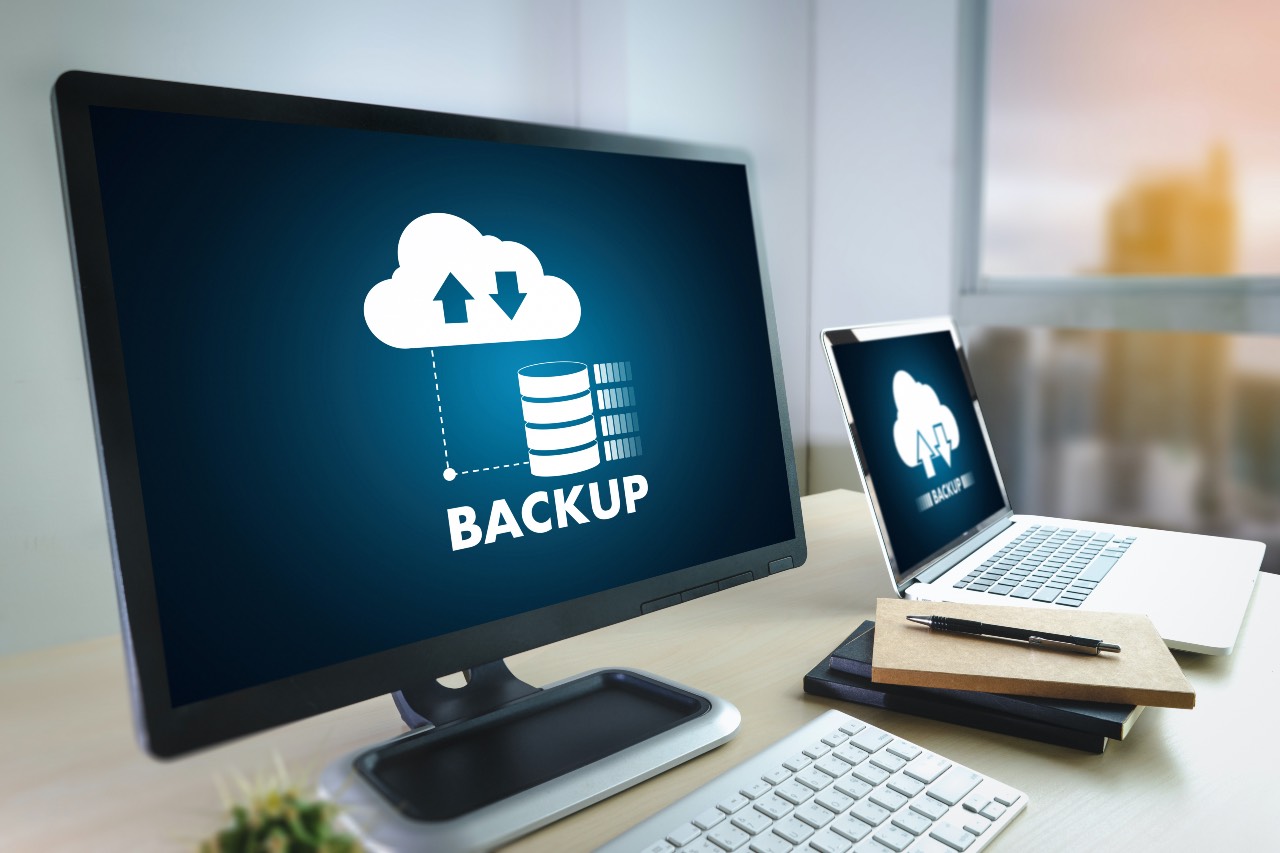

For the average small business, backup every few days is generally sufficient. In general, the rule of thumb is that the more data you generate and the more critical it is, the more often you should back up. In practice, the lowest value is set for financial institutions in seconds. A slightly easier task is defining the RPO. RTO is complicated to estimate because the process requires the involvement of several departments within the company and goes beyond the scope of IT. Unfortunately, companies can often not define their data protection needs and cannot choose the right tools. In these cases, you may have to wait up to several hours for your IT system to be restored to operation. At the same time, in other cases, some companies make intensive use of IT systems at specific times – at the end of the week or month or as e-shops offering niche products. It is easy to imagine agitated passengers waiting two hours for the baggage belt to start in one scenario. Suppliers of backup systems are constantly pushing the boundaries and trying to attract customers with, for example, low RTOs (Recovery Time Objective) or RPOs (Recovery Point Objective). Business continuity should be defined on a company-by-company basis you can’t lump everyone together. IT teams should not rely on studies, suggestions, or averages when determining the acceptable business downtime (RTO) associated with an IT system failure. However, a statistic is like a lighthouse in the daytime – it does not reveal anything or illuminate anything, but you can always refer to it for support. This two-hour restoration time is an average value created primarily for marketing purposes. Problems with the designation of RTOsĪccording to research conducted by Veeam, the interruption tolerated by companies following a failure of IT systems should not be longer than two hours.

What further drives customers to seek new solutions is the development of cloud services and containerization. Companies are increasingly using deduplicators or object-based memory. The D2D2T (a disk-to-disk-to-tape backup strategy) philosophy that has been pushed through for many years is slowly becoming a thing of the past. The first is made up of manufacturers offering solutions based on the architecture of the 1990s, while the second is made up of a new wave of players who build products based on innovative mechanisms. Storware is not surprised by these predictions, as the division of backup solutions into two parts has been noticeable for several years now. Although the data refers to both SMEs and corporate clients, it is expected that this indicator may be slightly lower for smaller companies. According to Gartner, by the end of 2022, as many as 40% of enterprises will have completed or completely replaced their backup software. Two types of backup solutionsĪnalysts believe that companies have a lot of catching up in this area. This depends heavily on the backup and recovery tools you have in place. In such a situation, everything must be done to minimize the damage and get applications and IT infrastructure back up and running as quickly as possible. You also have to consider the worst scenario of attackers breaking through the security measures used by an organization and invading the company’s network. Security experts are under no illusion – the game of cat and mouse with cyber-criminals does not end with detecting and stopping attacks. HIPAAtrek, on the other hand, calculates that it takes 287 days to restore a system after a ransomware attack completely. Any one of these can interrupt critical business operations, leading to severe financial losses.Īccording to Gartner, the average cost of downtime for an SME following a ransomware attack is $5,600 per minute. Other incidents, such as phishing, crypto-jacking, and DDoS, are also included. Industry statistics estimate that ransomware attacks target SMEs between 50 and 70 percent specifically. However, in the last two years, the wave of cyber-attacks on the infrastructure of this group of companies has taken an exceptional turn. Hackers have targeted small and medium-sized enterprises for years. Backup for SMEs: the art of difficult choices Organizations that do not employ IT specialists are particularly vulnerable. Many pitfalls await companies looking for backup systems.


 0 kommentar(er)
0 kommentar(er)
